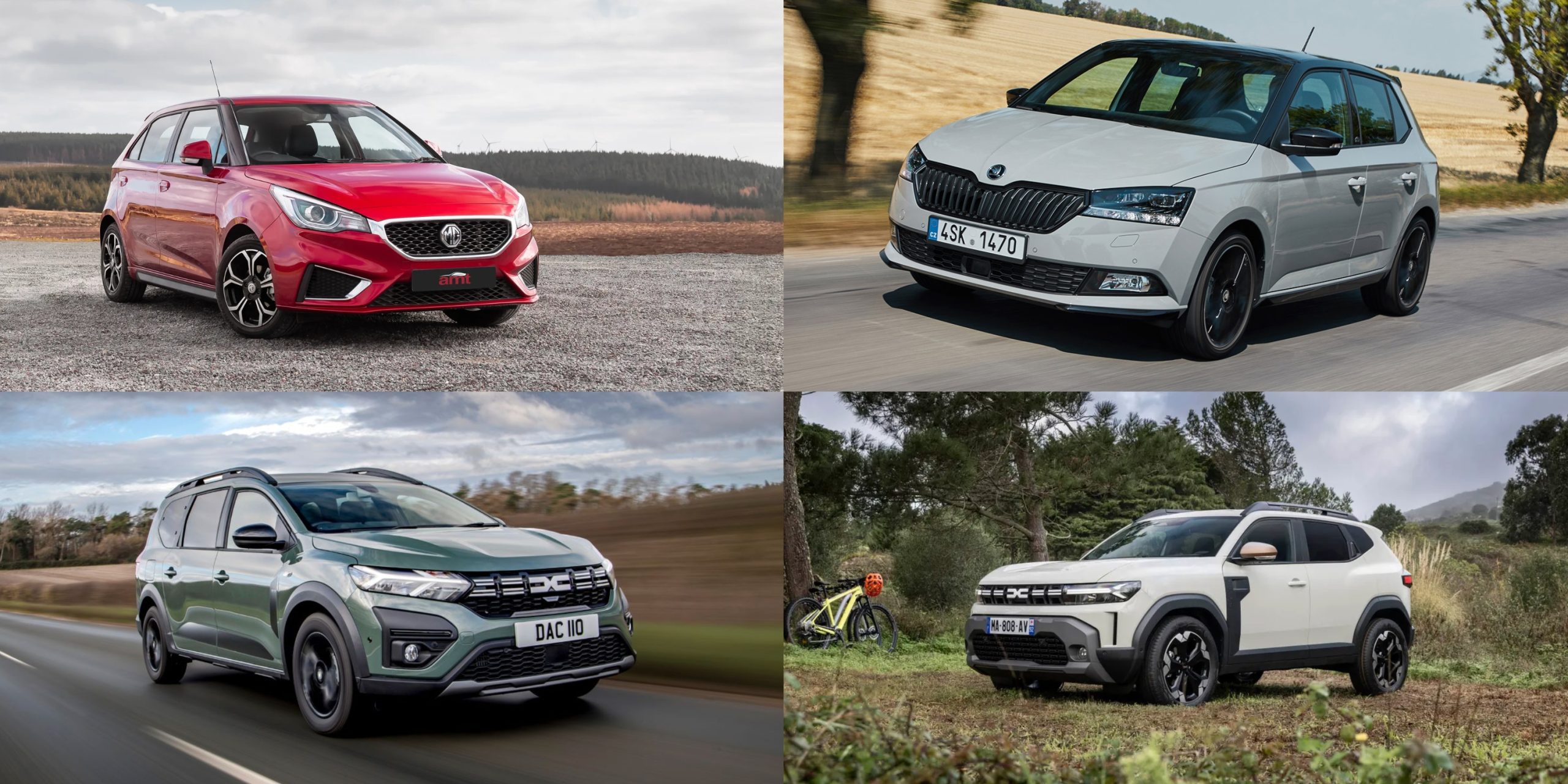Cars are getting more and more expensive, and with the cost of living going up, it’s harder than ever to justify spending a lot of money on a new one. But don’t worry – even though prices keep rising, there are still some great deals out there, and this list of the best cheap cars you can buy today has something for everyone.
Carwow’s team of car review experts has tested all the most affordable new cars on sale now to put together this list of the top picks. And just because you’re looking at cheaper options doesn’t mean you’re stuck with only small city cars – this list includes estate cars, SUVs, and even an electric option.
While cheaper electric cars are slowly becoming more available, most low-cost options still use petrol. However, if you’re willing to spend a bit more, there are some good hybrids too, which can help save money on running costs.
It’s important to keep in mind that the price listed for each car is for the most basic version, which usually means it has the weakest engine and the fewest extra features. Still, you often don’t have to spend a lot more to get useful things like cruise control and heated seats.
Also Read: 10 Best Cars for Families and 5 You Might Regret
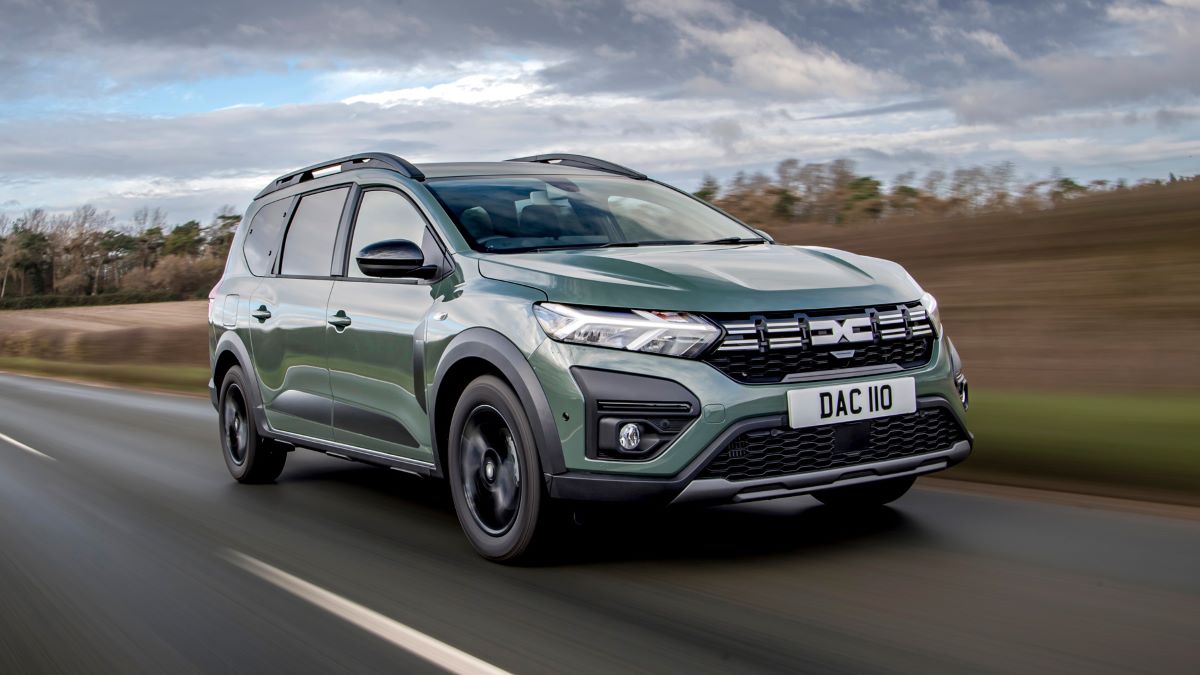
Dacia Jogger
The Dacia Jogger is unusual, but in a good way. It mixes parts of an SUV and an estate car, looks nice from some angles and plain from others, and costs about the same as some smaller hatchbacks, even though it has seven seats you can actually use. It’s basically a people carrier, but with a bit more style.
You won’t find more space for the money, so if you have a big or growing family, the Jogger is a great pick. The design is clever – even though seats six and seven are in the back, there’s actually more space there than in some larger SUVs.
Don’t need all seven seats? You can fold down the third row or take it out completely and get a huge boot – up to 700 litres. That’s more than enough for sports gear or bags for a weekend trip.
Getting all this space at such a low price does mean you give up a few things, and the biggest one is the inside of the car. It feels a bit cheap, with tough plastics instead of soft materials. But on the bright side, it’s built to last and handle the wear and tear of family life.
You don’t get a lot of features in the most basic version either. It has things like air conditioning and rear parking sensors, and it even includes cruise control, which is a nice bonus – but there’s no infotainment screen. Instead, you get a phone holder on the dashboard, and you can use a Dacia app for simple functions.
The cheapest model only comes with a 110hp petrol engine and a six-speed manual gearbox, which can feel a bit underpowered when the car is full.
If you can spend a bit over £4,000 more, the hybrid engine is a better choice. It’s stronger, uses less fuel, and comes with an automatic gearbox, which is especially handy in heavy traffic. It’s available from the mid-level trim, which adds a screen for media and keyless entry – and even though it doesn’t look like quite the same bargain, you’re still getting a lot for your money.
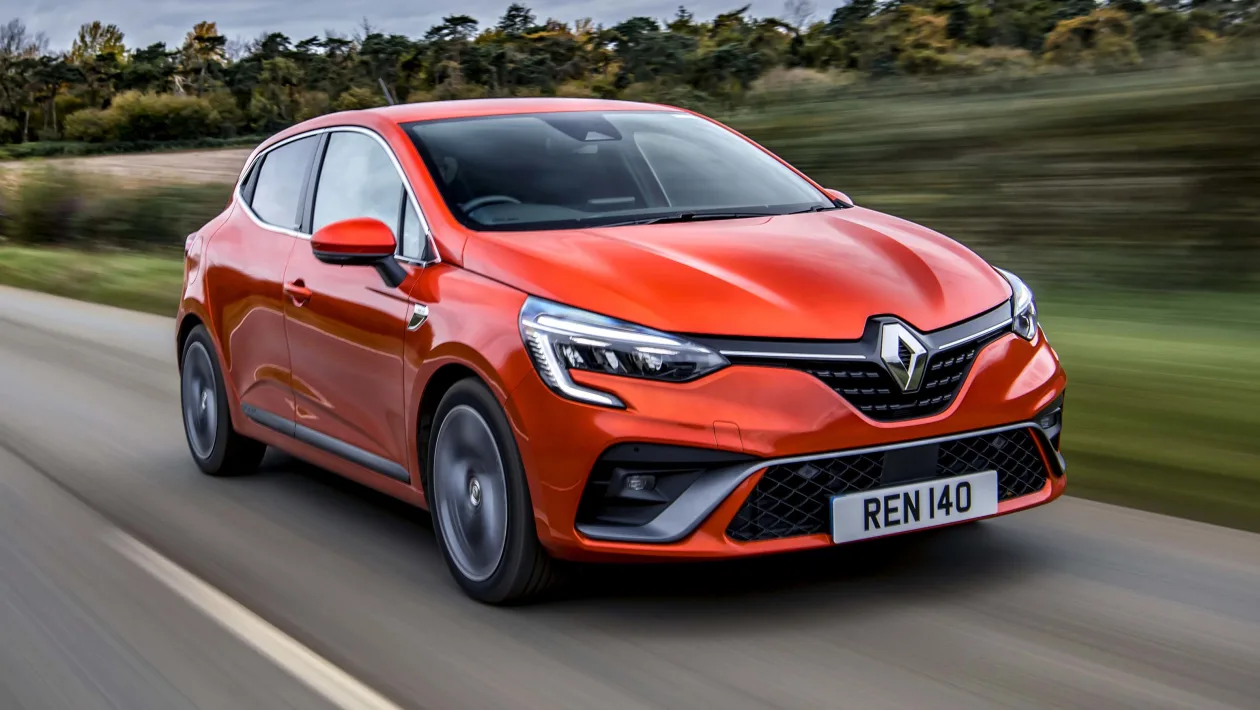
Renault Clio
The Renault Clio is a great choice if you want to save money on a car but don’t want it to look like a budget option.
That’s because the Clio looks great, even in its most basic version. It has stylish vertical daytime running lights and sharp lines on the front bumper. Higher trims add more design touches, like chrome accents and extra detailing on the grille, but the car still stays affordable.
It comes with good features, too. The Evolution model includes cruise control, rear parking sensors, and a 7.0-inch touchscreen for media. If you choose the Techno version, you get larger alloy wheels and a rear camera. The Esprit Alpine model has a sportier look, upgraded screens, and adaptive cruise control.
Inside, it feels like a much fancier car. The dashboard has a nice shape, the air vents are built in neatly, and the climate control knobs look like metal. Some cheaper materials are used lower down, but the parts you touch often feel high quality.
There’s plenty of room in the front seats, but the back seats are tighter and may feel small for passengers. The boot, on the other hand, is a good size at 391 litres – although you lose a little space if you choose the hybrid version.
The cheapest option comes with a 90hp petrol engine and a six-speed manual gearbox. It’s enough for most driving situations, but if you can spend around £3,000 more, the hybrid version is better for driving in town because of its electric motor and automatic gearbox. It also has more power for driving on the motorway.
No matter which engine you pick, the Clio is best in town, where its small size and good visibility help you get through tight streets easily. The ride can be a bit bumpy compared to a Volkswagen Polo, and it’s a bit noisy at higher speeds.
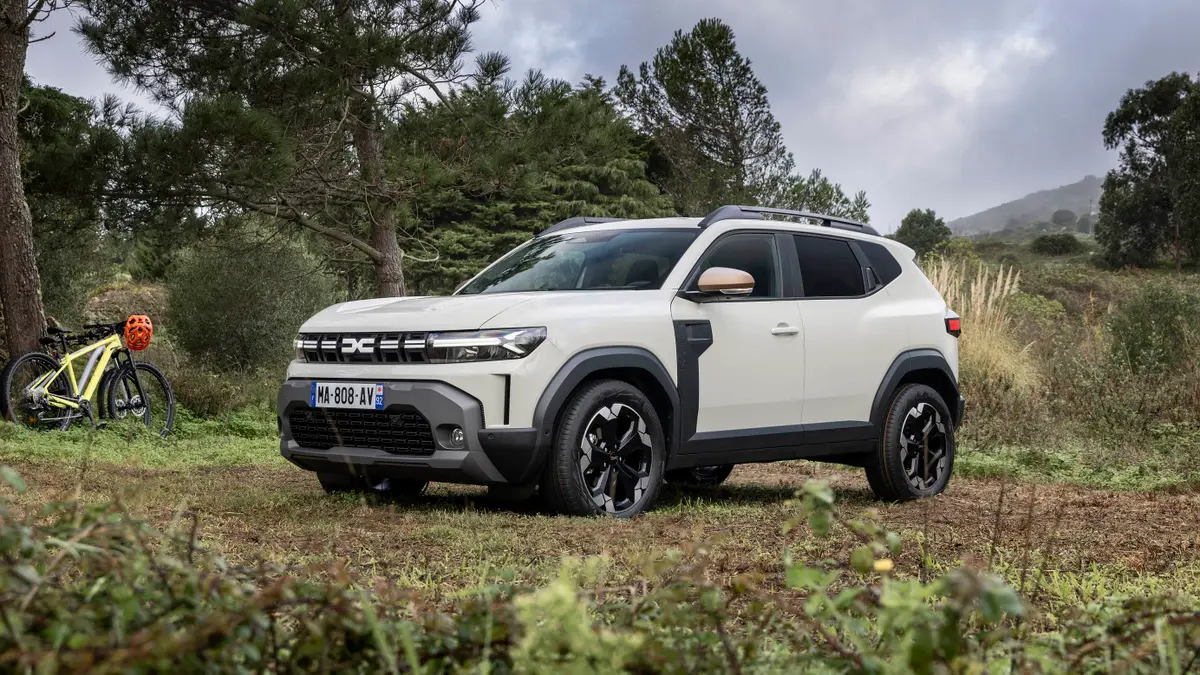
Dacia Duster
The Dacia Duster has always been known as a low-cost way to go off-road, and the latest version makes it more comfortable for everyday use without losing what made it popular.
To keep prices low on the Essential model, you miss out on some extras like a built-in media system. Instead, there’s a smartphone holder and a Dacia app to control basic features. It has what you need, but the inside feels a bit plain, especially with the basic dials.
If your budget allows, it’s worth spending around £2,500 more for the Expression model. This adds a digital driver display and a 10.1-inch media screen, which works better than anything Dacia has offered before. You also get a rear-view camera.
The entry-level version comes with two-wheel drive only, but four-wheel drive is available on higher trims. There’s also a hybrid version that’s good for city driving, though this makes the price go up.
Even with all the upgrades, the hybrid Duster still costs less than many other SUVs. It handles rough paths and muddy hills well thanks to its light weight and strong four-wheel drive, performing nearly as well as much more expensive options like the Toyota Land Cruiser.
But you don’t need to go off-road to enjoy it. It works well as a family SUV too. Visibility isn’t great for city driving, but it’s good enough. The hybrid version helps you move quietly on electric power alone in town. At higher speeds, the ride feels safe and steady, although it can get a bit noisy.
One of the best things about the Duster is what you get for your money. It has a tough-looking outside design, plenty of room inside, and smart features like the YouClip system, which lets you attach useful things like phone holders, clamps, or lights around the cabin.
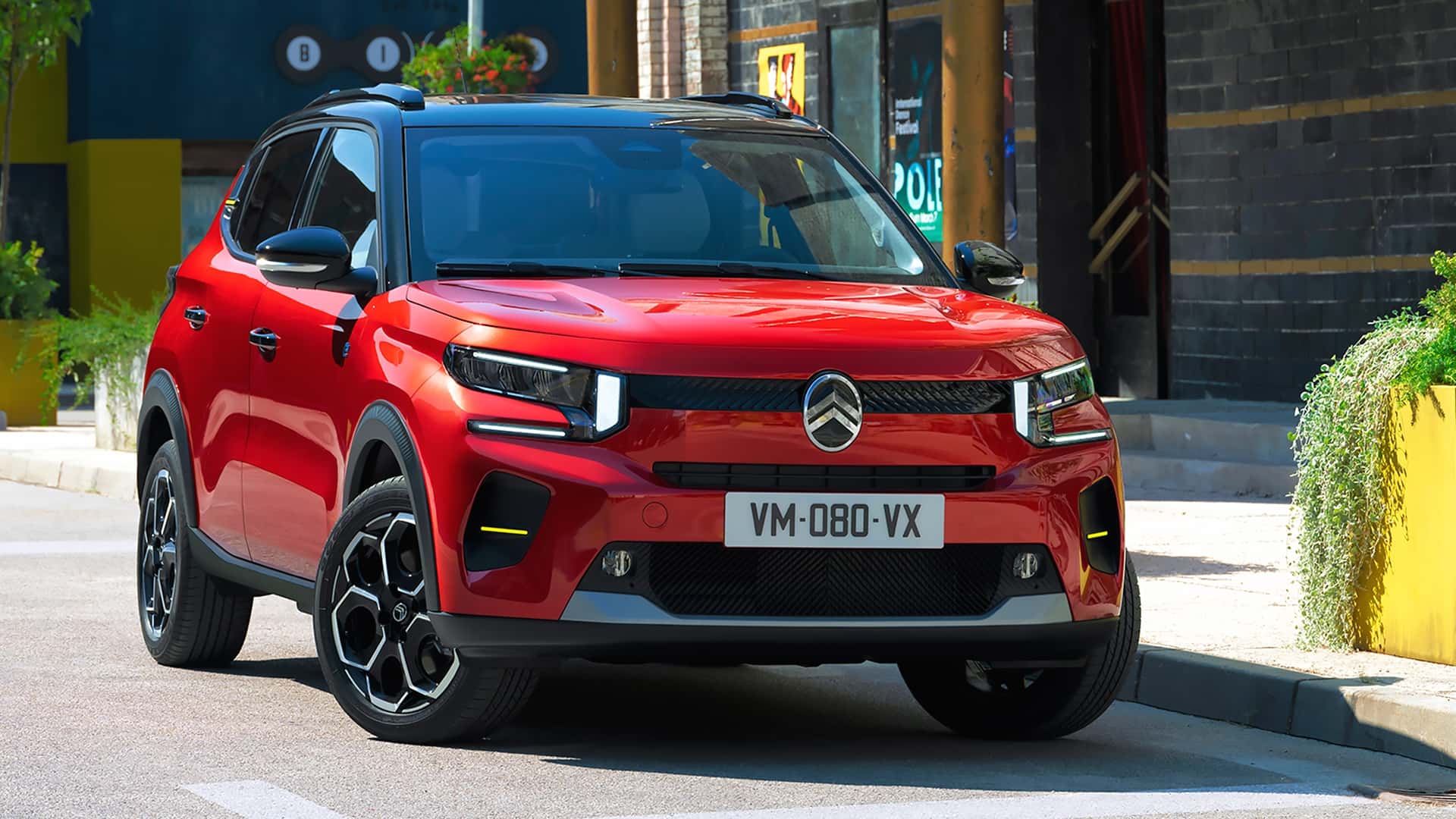
Citroen e-C3
You don’t have to spend a lot of money to buy an electric car, and the Citroen e-C3 proves that. Some things have been kept simple to keep the price low, but if you don’t drive long distances all the time, it’s a great electric car for the city.
To begin with, it has a good-looking design. It has a mini SUV style that gives it a tougher appearance, even though it’s unlikely to go off-road much more than driving on a gravel driveway.
Inside, it uses smart choices in materials to hide the fact that it was made on a budget. For example, there’s a fabric strip across the dashboard that gives it a more stylish look.
Even though it’s not expensive, you still get useful features as standard. There’s a 10.3-inch screen for media and settings. It’s basic, but does what you need and you can use Apple CarPlay or Android Auto instead. It also comes with LED headlights, a head-up display, and rear parking sensors.
There are only two versions to choose from. If you spend around £2,500 more, the higher trim gives you heated front seats and steering wheel, automatic air conditioning, and a heated windscreen.
Both versions come with the same 113hp motor and battery, which officially gives you up to 199 miles of driving range. But in real-life driving, that’s likely closer to 160 miles. It will probably be even lower in winter, since the e-C3 doesn’t have a heat pump to help with battery performance in cold weather, which is a bit disappointing.
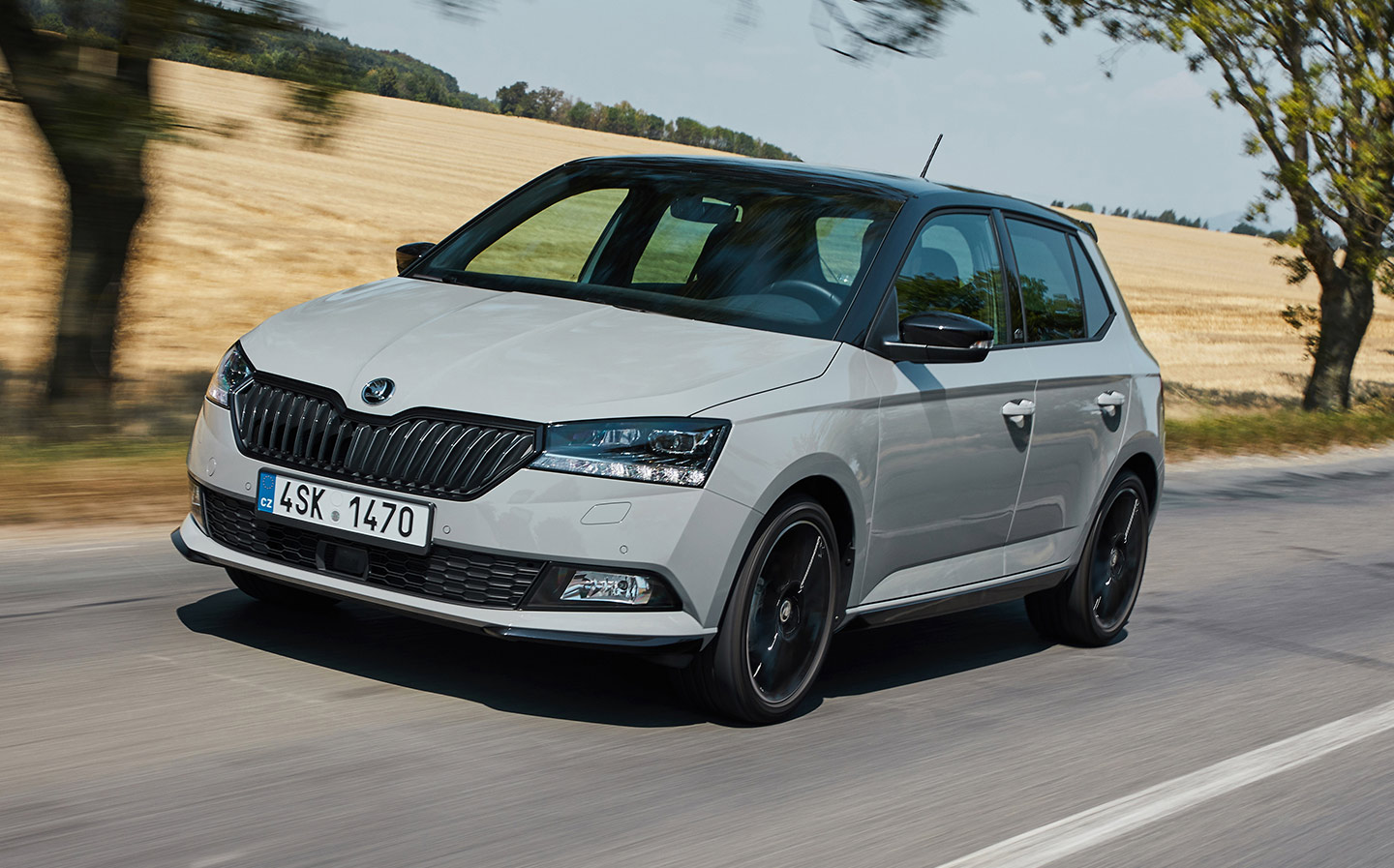
Skoda Fabia
If you want a small car that feels more like a larger one, the Skoda Fabia should be one of your top choices.
The Fabia has always been a smart and practical option, and that’s what makes it attractive. It’s a simple hatchback that offers more usefulness than many other cars its size.
One clear example is the boot, which holds 380 litres – that’s more than what you get in the Volkswagen Polo. The Renault Clio has more boot space, but it’s not as roomy for passengers. The Fabia has enough space for four adults to sit comfortably.
The basic SE model still includes some good features like an 8.3-inch screen for media, LED headlights, and keyless entry and start. Unlike many other cheap cars, even the base Fabia gives you a choice of four petrol engines and gearboxes. The 80hp engine is the weakest and best to skip if you can afford a stronger one. The most expensive option is the 116hp engine with an automatic gearbox.
If you can go for the SE L Edition, you’ll get a larger and better 9.2-inch screen along with a digital display called Virtual Cockpit. But for about £500 more, you could step up to the top Monte Carlo Edition, which adds a sportier design.
Even with the Monte Carlo trim, the Fabia isn’t meant to feel sporty, but it handles bumps well when driving in town. It’s quieter and smoother on the motorway than most other small cars.
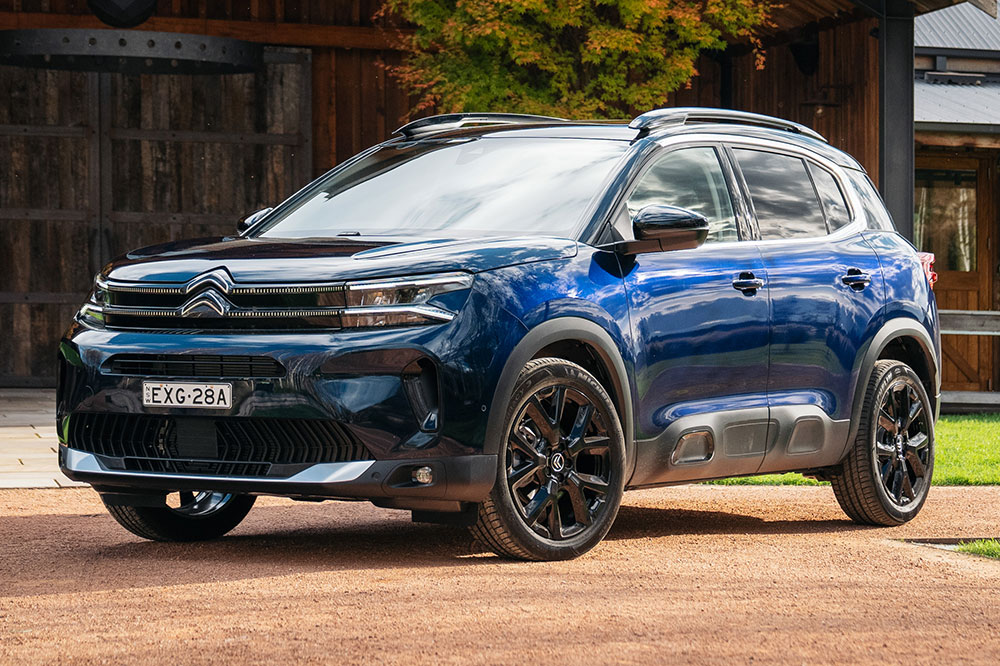
Citroen C5 Aircross
The Citroen C5 Aircross might be pushing the idea of a cheap car, but because it gives you a lot for the price, it deserves to be included. It’s also the only car on this list that can be bought with a diesel engine.
So why is it such a good deal? One reason is its size. This is not a small vehicle, and even when compared to other cars of a similar size, the boot is impressive.
You get 580 litres of space in its usual setup. If no one is sitting in the back, you can slide the rear seats forward to get a huge 720 litres of space. For comparison, the Hyundai Tucson has 620 litres, but it costs a lot more.
It comes with a good set of features as standard, such as a 10.0-inch screen for media that supports Apple CarPlay and Android Auto, a digital driver display, and safety features like lane-keeping assist and traffic sign recognition.
There are three engine choices: a diesel, a mild-hybrid petrol, and a plug-in hybrid. The plug-in version is more expensive, so it may not suit buyers wanting to spend less. The diesel and petrol options are closer in price. Go for the diesel if you do lots of motorway driving, or choose the petrol if you usually stay closer to home.

MG3
Hybrids are cars that sit between electric models and regular petrol ones, but the MG3 leans more toward electric power than most. That’s because it uses a stronger electric motor than usual, and the petrol engine is mainly used to keep the battery charged.
This setup gives you quick acceleration and the smooth feel of electric driving. However, the engine can get quite loud when it’s working hard to charge the battery. Fuel efficiency is decent – we got about 55mpg while driving in town – though more standard hybrids, like the Toyota Yaris Cross, can do a bit better.
There’s only one engine, so you just pick between two trims. The base version is great value. It comes with a 10.3-inch touchscreen, a digital driver display, and MG Pilot, which includes helpful driving features like adaptive cruise control. That’s impressive for a small car at this price.
No matter which version you pick, the inside has a simple design and feels well put together. If you’re coming from an older MG3, this one will feel much more high-end. The only real downside is that the media system can be tricky to use.
While the MG3 works really well in town, where the hybrid engine shines, it’s also a fun car to drive on winding roads.

Renault Captur
The Renault Captur could easily seem like just another small hybrid SUV, but it stands out with its stylish looks and practical features. This means it looks great and won’t cost you too much to run.
The outside looks smart, and the inside is well built, matching the quality of some German brands. Space inside is a bit mixed – it’s roomy enough in the front, and passengers in the back will be comfortable unless you try to fit three people.
The ISOFIX points for child seats can be a bit tricky to reach. The boot is a strong point, offering 484 litres of space, which is enough for your weekly shopping and kids’ sports gear.
The hybrid engine is better for city driving because it comes with an automatic gearbox and can run on electricity for short trips. But if you’re trying to spend less, the cheapest version has a 90hp petrol engine with a manual gearbox.
If it fits within your budget, go for the mid-range Techno trim. It comes with built-in Google services for the infotainment system. This makes the system easy to use, and you don’t always need to connect your phone to get music or directions.
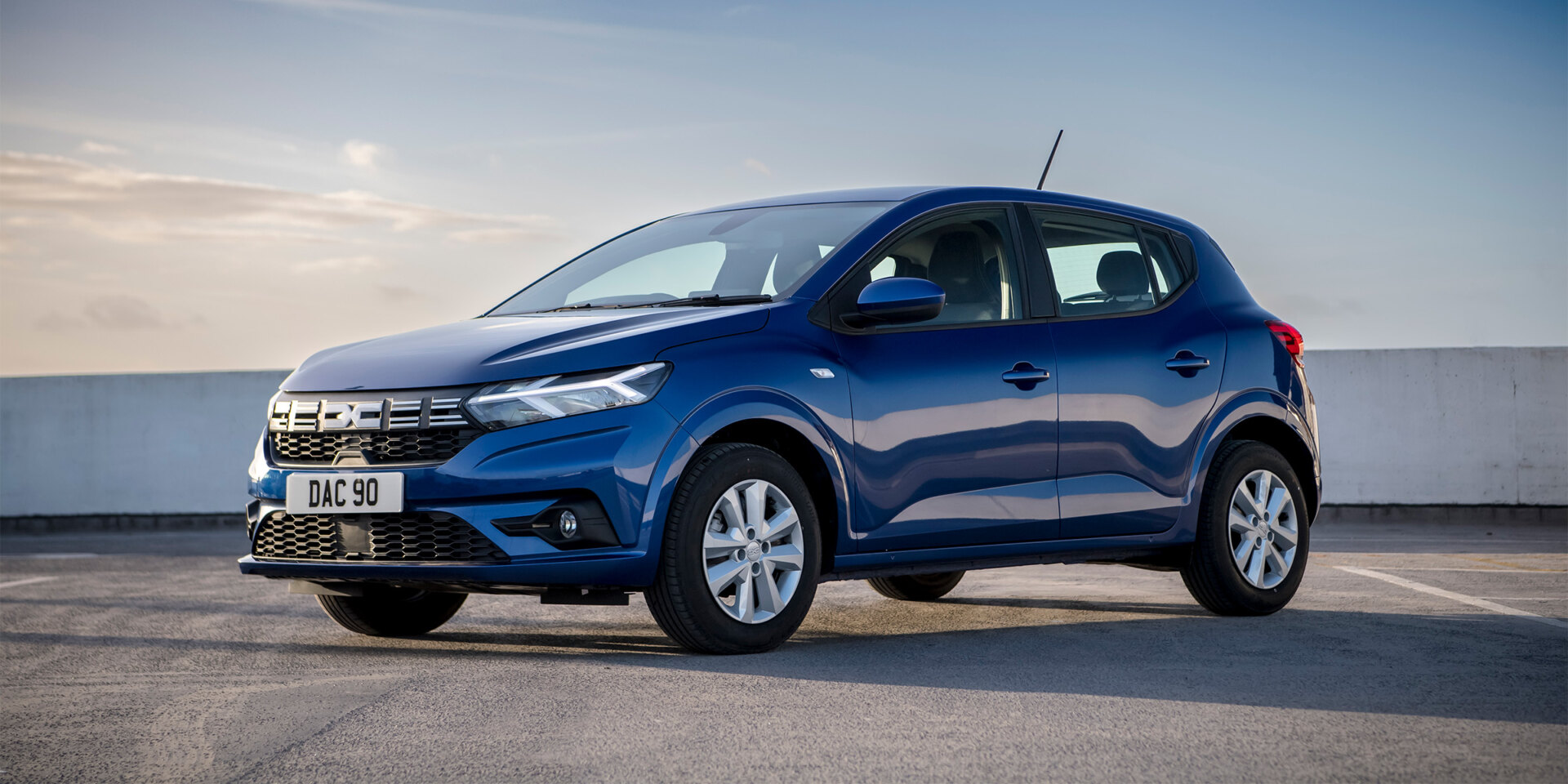
Dacia Sandero
Good news! The Dacia Sandero is still the cheapest new car you can buy, and it’s better now than it has ever been.
Older versions looked very basic inside and outside, but the newest Sandero looks much nicer, especially with the updated front bumper and grille that show off the new Dacia badge.
Inside, it still feels simple, with old-school dials and chunky buttons for the heating and cooling. There are a lot of hard plastics, but it all feels well put together, which helps the interior feel a bit nicer.
The most basic version feels very basic – there’s no screen for media, so you’ll need to use your phone instead. But the Sandero still feels like a great deal if you choose the Expression trim. That version gives you a touchscreen with a reversing camera, better seat fabric, and a steering wheel wrapped in leather.
All versions let you choose between a 92hp petrol engine or a 101hp bi-fuel engine that can run on petrol or LPG. Both cost the same, so if you live near one of the few LPG stations left in the UK, you could save money on fuel.

MG HS
You might think the MG HS isn’t worth your time if you’ve tried the older version – but this new one is a huge step up and offers a really good plug-in hybrid engine.
It doesn’t pretend to be a fancy car, but because it’s priced so well, it offers the same space and features as larger cars. For example, it costs about the same as a Ford Puma, but it’s about the size of a Ford Kuga.
If you’re trying to stick to a tight budget, there’s a petrol version with either a manual or automatic gearbox. It’s priced like a high-end city car such as the Audi A1, but gives you much more room, including a 507-litre boot.
Also Read: 10 Older SUVs That Still Feel Brand New
The most talked-about version is the plug-in hybrid. It costs more than the petrol one, but less than other similar hybrids and gives you a big 75-mile electric range.
If you keep it charged, you’ll spend very little on running it. And if you’re using it as a company car, you’ll pay much less in tax compared to hybrid versions of the Kia Sportage or Ford Kuga.
Even the cheapest MG HS models come with a 12.3-inch screen for media that works with Apple CarPlay and Android Auto.
The entry-level plug-in hybrid also includes a digital screen behind the steering wheel. No matter which engine you pick, all versions come with MG’s safety and driving help systems like adaptive cruise control.

